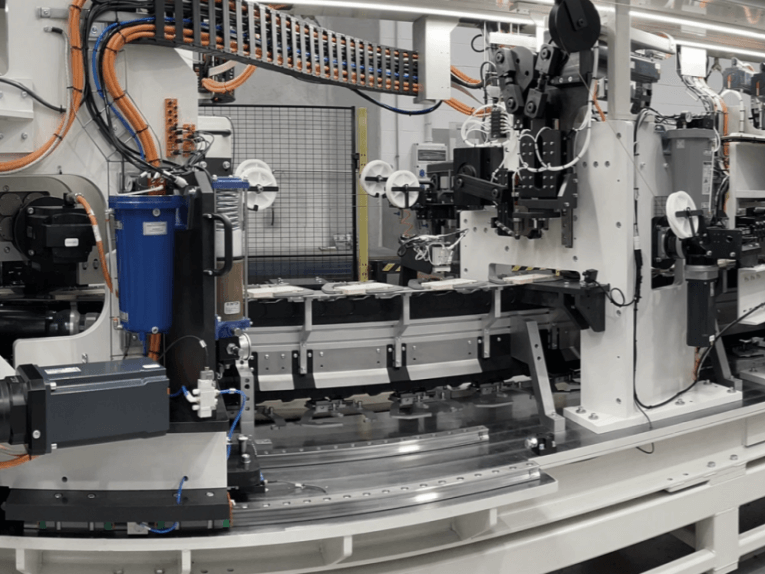Define
A cartesian coordinate robot (also called linear robot) is an industrial robot whose three principal axes of control are linear (i.e. they move in a straight line rather than rotate) and are at right angles to each other.The three sliding joints correspond to moving the wrist up-down,in-out,back-forth. Among other advantages, this mechanical arrangement simplifies the Robot control arm solution.
Cartesian coordinate robots with the horizontal member supported at both ends are sometimes called Gantry Robots. They are often quite large.
Common feature
3 linear axes of freedom and perpendicularly oriented.
Point of Difference
The working envelope of cartesian robot is a rectangular box, which is similar with other robots of gantry type.
However, a gantry robot usually encloses its work envelope from the outside.
Recommended Application
Because of cartesian rigid structure, this type of robots usually can offer good levels of precision and repeatability.
A popular application for gantry robot is a computer numerical control machine (CNC machine).
The simplest application is used in milling and drawing machines where a pen or router translates across an x-y plane while a tool is raised and lowered onto a surface to create a precise design.
Post time: Oct-29-2024








